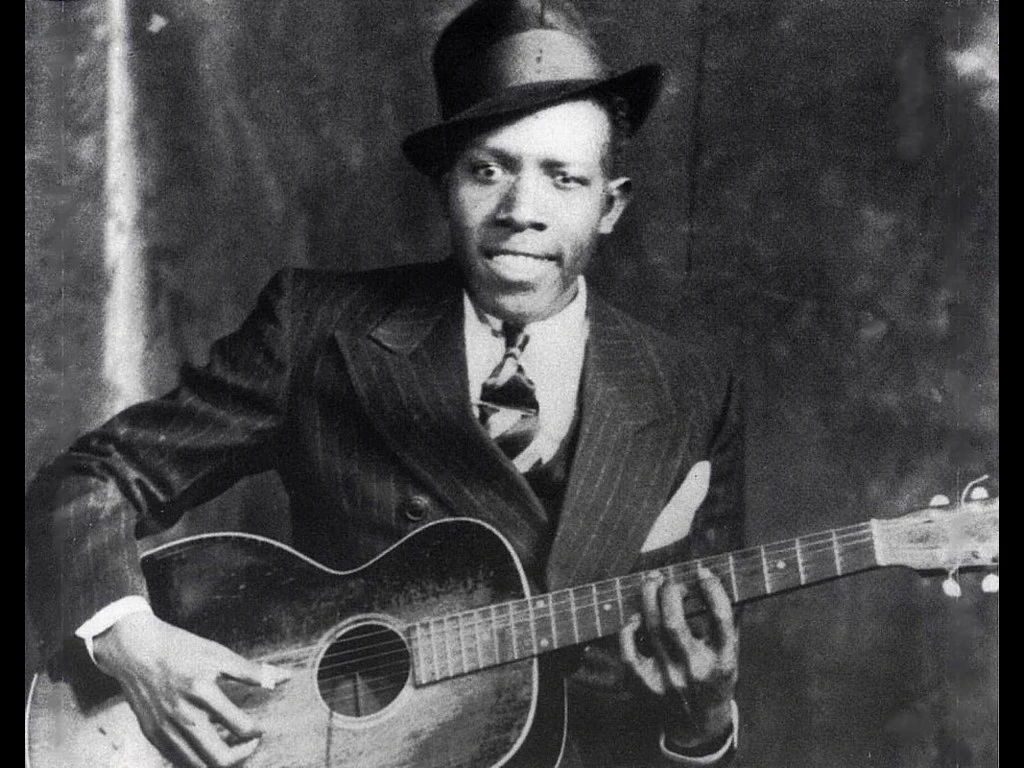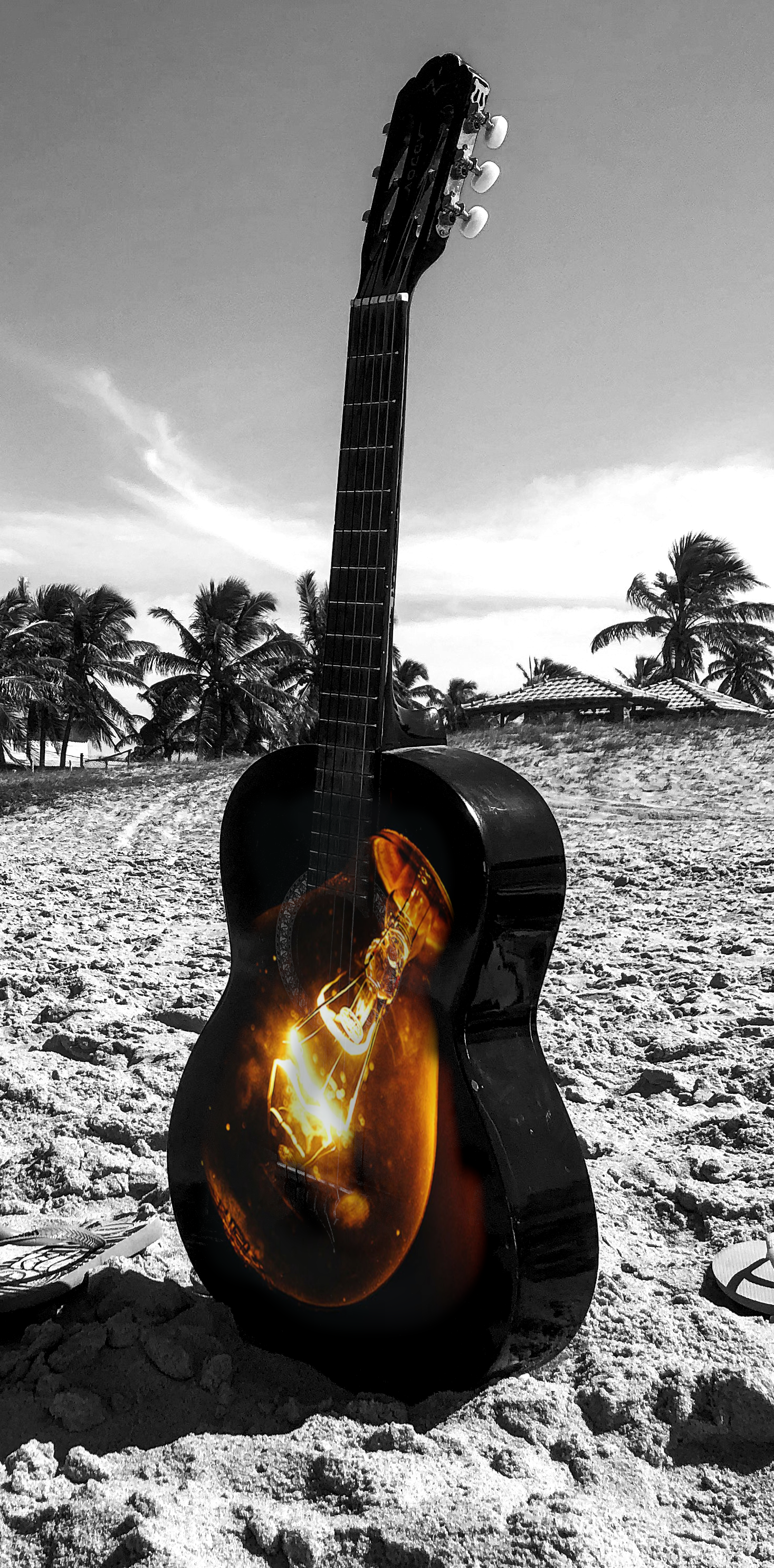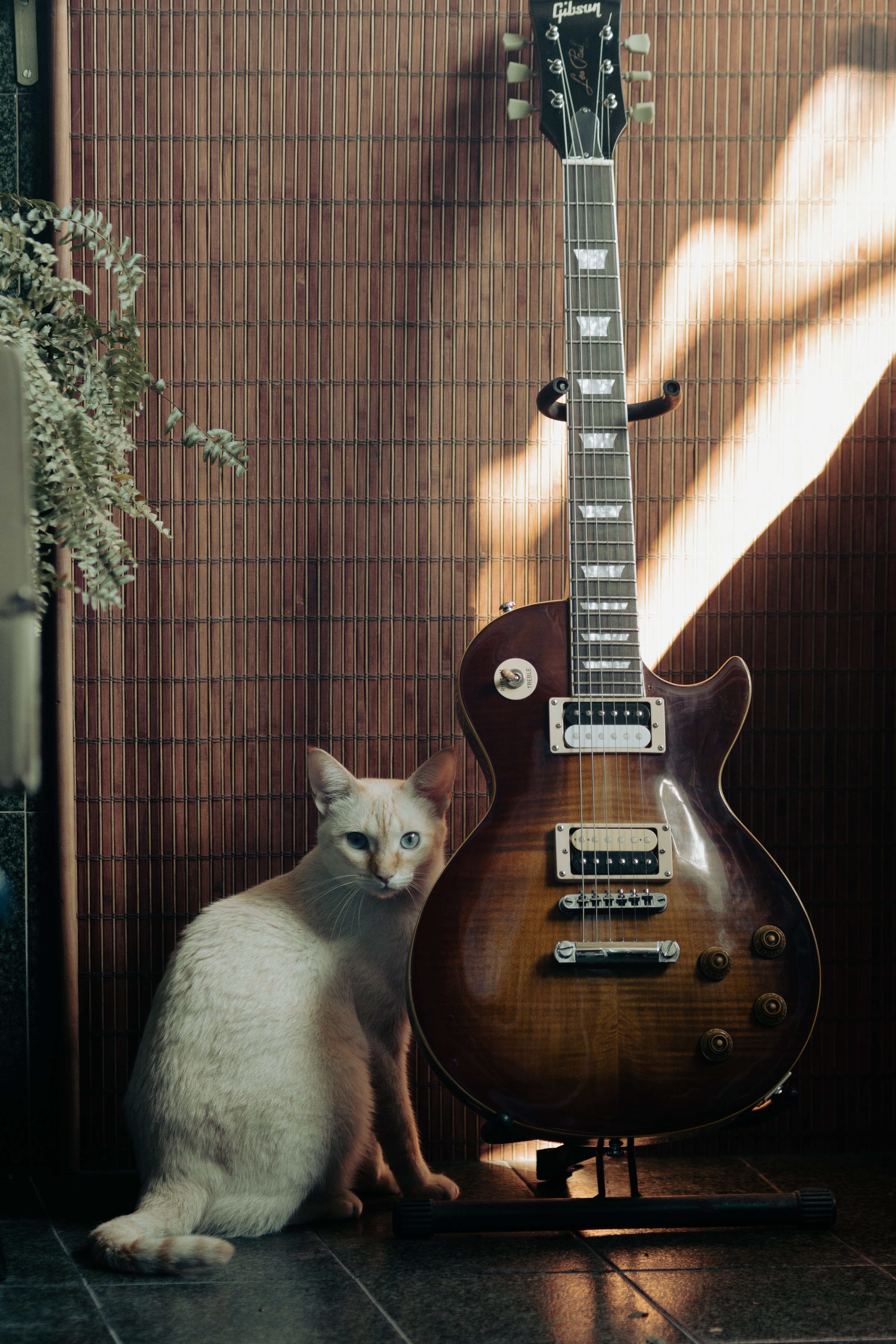In the first Blues Brothers movie there’s a scene where Jake and Elwood finagle their way into a gig at Bob’s Country Bunker, they ask the bartender what kind of music they generally have there and without pause she cheerily replies, “Oh we have both kinds: Country and Western!”
Of course there’s more than just two kinds of music. There’s also blues. So there are three kinds of music
Of course there’s more than just two kinds of music. There’s also blues. So there are three kinds of music.
Blues has a virtually inseparable connection to the guitar. For me, it’s impossible to think of one without the other, and as a result it makes up a big part of the music I play and teach.
While there are myriad ways to interpret and play blues, one of the most frequently-used formats is the “12 Bar Blues.” Learning the 12-bar blues will prove foundational for many of your future music endeavors: it’s the basis of many, many rock and pop songs. Also, it’s accessible to new players and fun to play.
First, a couple of definitions.
- Bar: in this context, “bar” means “a measure of music.” (Yes, I frequently consider and am amused by the same “bar means pub” pun that is running through your consciousness at this very moment.)
- Measure: A measure (in this case) is a count of 4 beats.
So this format could easily have been called “the 12-measure blues,” but it doesn’t roll off the tongue in quite the same way.
Here’s the format:
4 measures of the I chord 2 measures of the IV chord 2 measures of the I chord 1 measure of the V chord 1 measure of the IV chord 2 measures of the I chord = 12 total measures (or bars). Repeat until spirit is lifted. Then repeat again for fun.
(Do you need a primer on 1, 4, 5/I, IV, V chords? Have a glance at this article.)
Sometimes some extra fun is had in the last measure, but we’ll discuss turnarounds in another article.
Here’s a 12-bar blues in E. Following that is an audio file with which you can play along. The slashes (/) below the chords represent the beats in a measure. First, the chord charts and then the 12-bar blues.
E

A
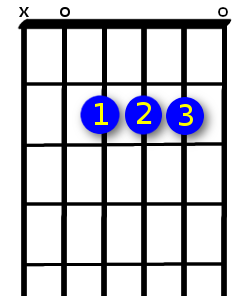
B7
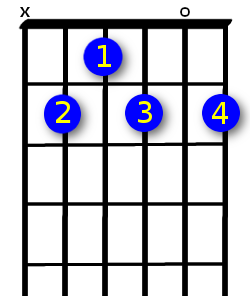
E E E E //// //// //// //// A A //// //// E E //// //// B7 //// A //// E E //// ////
Play Along
This demo runs through the 12-bar pattern three times. The tempo is set at 98 bpm (beats per minute). I’ve included a bass guitar part and a drum part for context. Even if you play solo most of the time I feel like having the context of the other instruments when learning the 12-bar blues is important. I especially like this because the music often provides clues when the chord is about to change. On measure four of the pattern you’ll hear it when the bass guitar “walks up” from the E to the A chord and the drums do some fills, signaling the coming change.
Finally, new guitarists might note that my strums on the acoustic guitar part are bottom-heavy. I really focus on the E, A, and D strings, not strumming all six strings. I feel like this provides a sound and a feel that is in line with this particular bluesy style. This also highlights the acoustic guitar’s powerful percussive qualities, yet another reason why the guitar is such a beloved and enduring instrument.
Have any comments? Drop me a note at imperfectguitarist@outlook.com!
